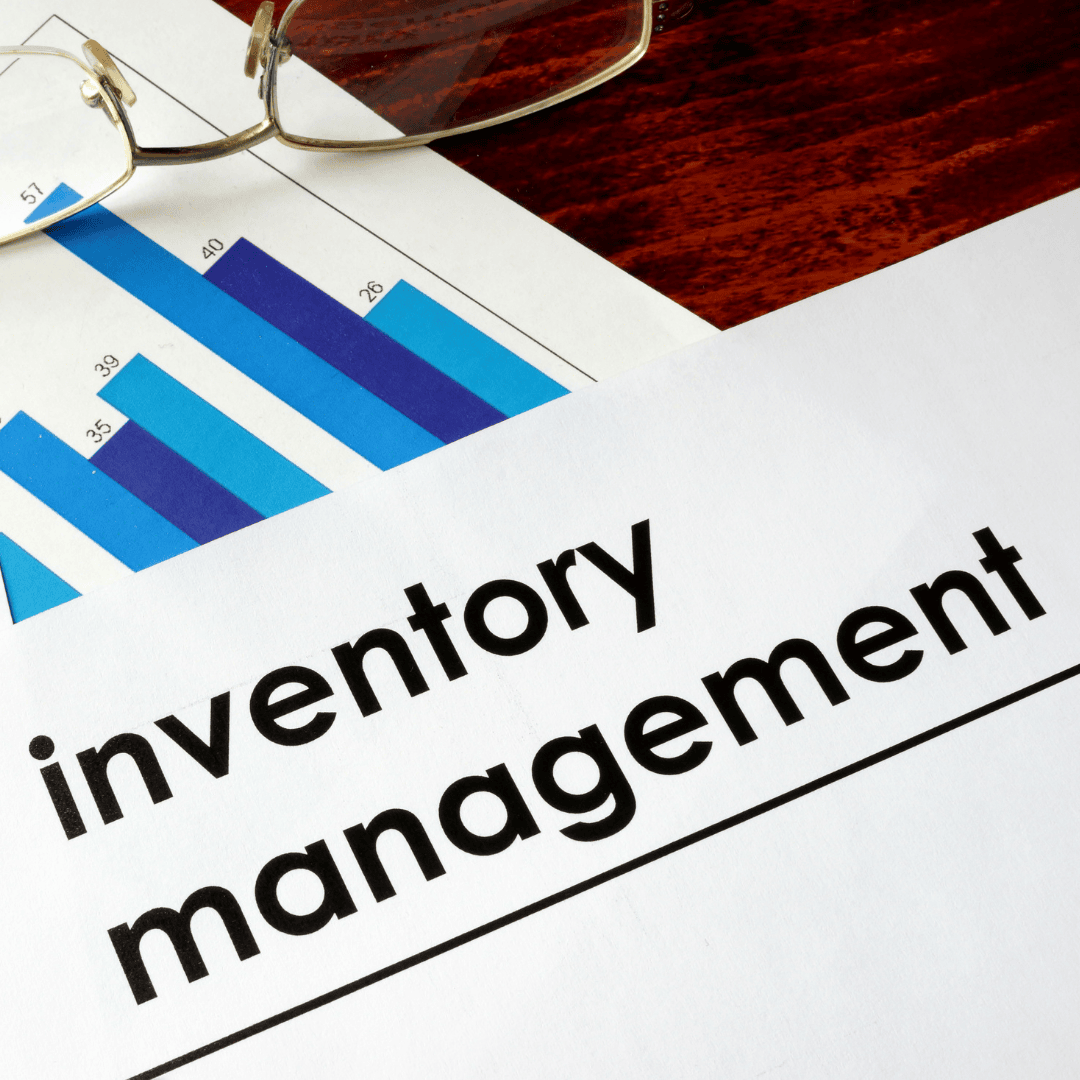A Step-by-Step Guide to Amazon FBA Inventory Simulation

Managing Amazon FBA inventory effectively is crucial to avoid overstock and stockouts, which can lead to lost sales and increased storage fees. Inventory simulation provides a way to test your inbound and sales plans, ensuring your stock levels are optimized for demand. Here’s a guide to setting up a detailed inventory simulation to keep your FBA business on track.
1. Why Do Inventory Simulation?
Inventory simulation helps forecast whether your stock plans align with actual sales trends. Effective simulations allow you to anticipate stock needs, preventing overstock (which ties up cash and incurs fees) and stockouts (which result in missed sales opportunities). This balance is essential to maintain profitability and streamline operations.
2. Key Components of the Inventory Simulation Worksheet
• Current Inventory: Reflects real-time stock levels for each SKU, updated daily. If managing manually, download the Amazon inventory report and import it to your simulation worksheet. For automated updates, set up an Amazon Seller API integration to feed data into Google BigQuery and connect to Google Sheets.
• Sales Forecast: Estimates future sales for each SKU based on past performance. Include columns for date, SKU ID, SKU name, and projected quantities sold.
• Inbound Plan: Details planned stock replenishments. This includes supplier, SKU ID, SKU name, purchase order (PO) number, quantity, and target delivery dates.
3. Break Down the Data for Deeper Insights
Ensure the worksheet allows for granular analysis, segmenting data by SKU, sales forecasts, inbound schedules, and current stock levels. By understanding each element in detail, you’ll be better positioned to react to changes in demand or supply chain delays.
4. Setting a Time Horizon for Simulation
• Daily vs. Weekly: Choose a time frame based on SKU movement speed. For fast-moving items (e.g., groceries or FMCG), opt for daily monitoring, as stock levels change rapidly. For slower-moving products (e.g., electronics), a weekly horizon may suffice.
• Key KPI: Depending on your time horizon, use “Days of Inventory” (DOI) for daily assessments or “Weeks of Inventory” for a broader view.
5. Analyze Simulation Outcomes
• Stockouts (OOS Risk): Identify when demand may exceed inventory, posing an out-of-stock risk. This allows for proactive reordering to prevent lost sales.
• Overstock: Recognize excess stock scenarios to avoid unnecessary storage fees. Excess inventory can lead to Amazon FBA long-term storage fees, which impact profitability.
• Warehouse Capacity: Identify potential storage bottlenecks, helping you maintain Amazon FBA compliance and avoid costly adjustments.
Conclusion
Inventory simulation is a powerful tool for Amazon FBA sellers, offering a structured approach to maintain optimal stock levels. By balancing stock availability with demand, this method minimizes risks of stockouts and overstock, ultimately supporting smoother operations and maximizing sales potential.
By integrating these practices into your FBA strategy, you gain the flexibility to adjust for demand changes, boost performance, and sustain profitability across your SKUs.
